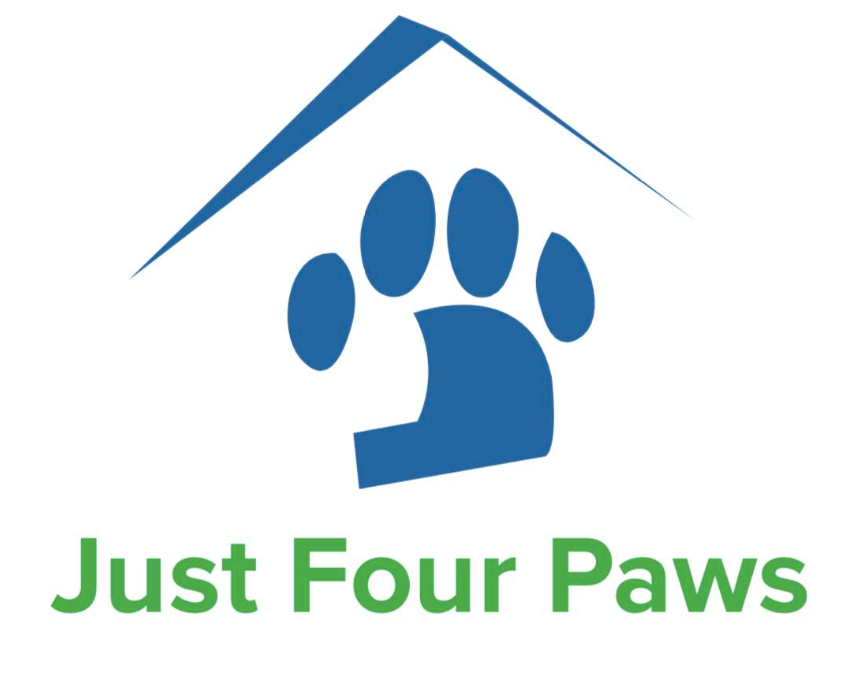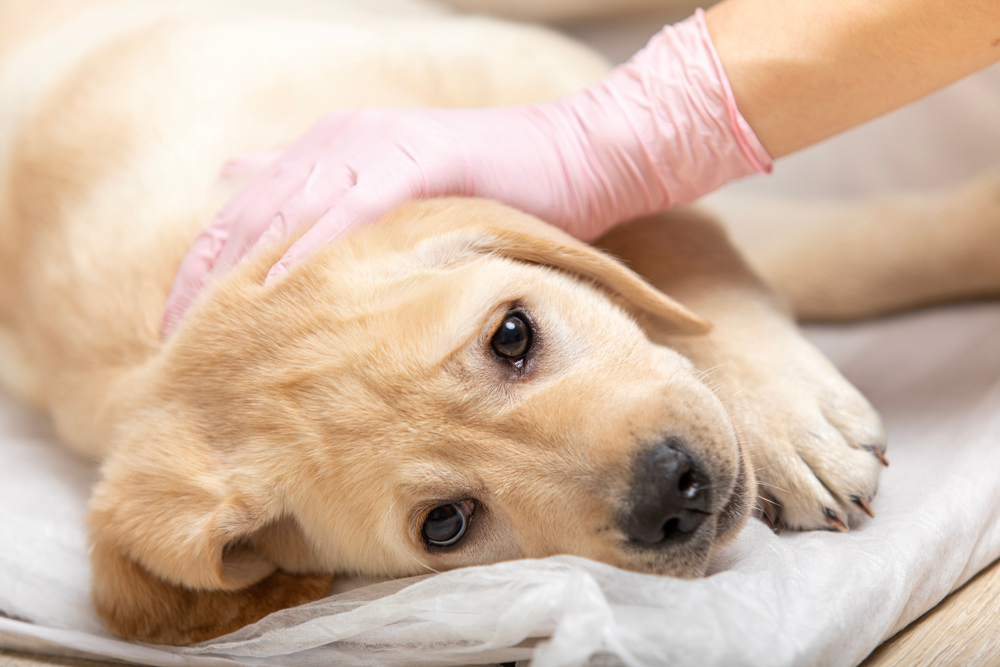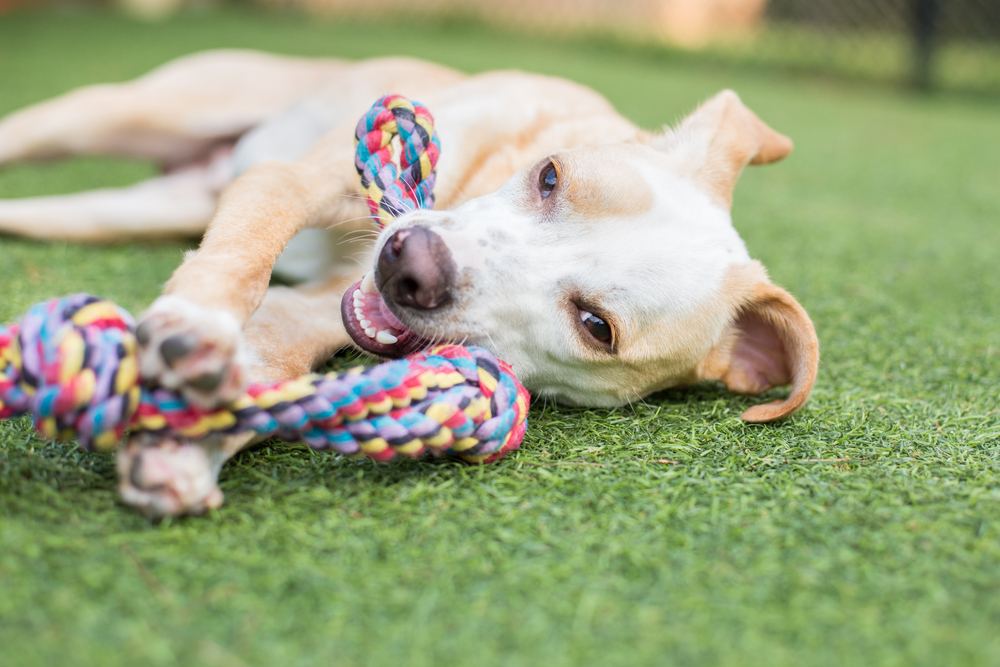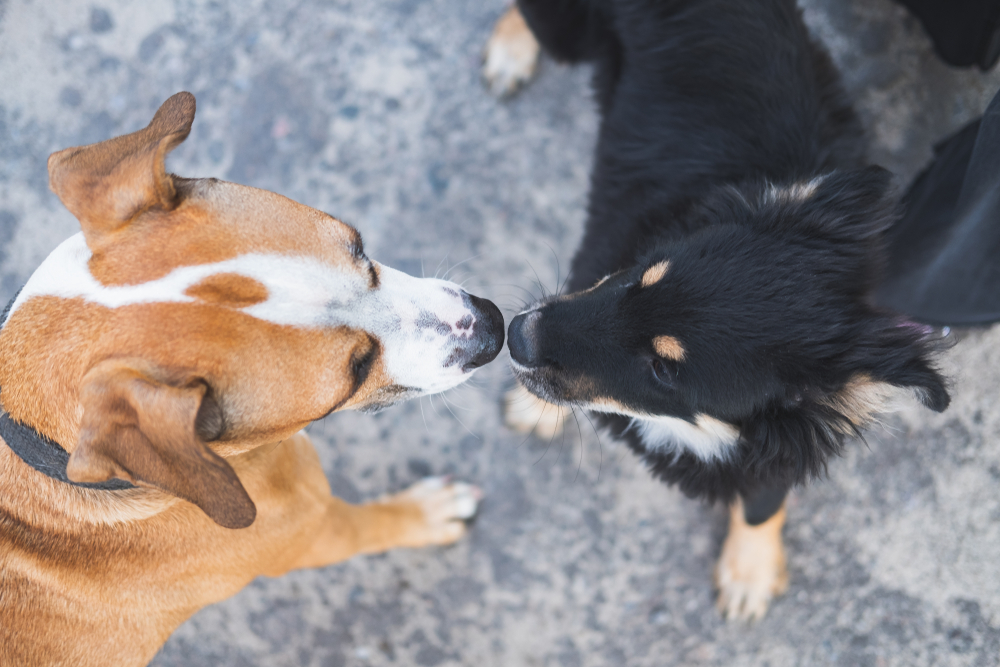How to Prepare Your Pet for Their First Boarding Experience
Bringing a pet to a boarding facility for the first time can be a nerve-wracking experience for both pet owners and their furry friends. However, with the right preparation, you can make it a stress-free pet boarding experience that ensures both you and your pet feel comfortable. This guide offers practical, first-time pet boarding tips that will help ease the transition and ensure your pet’s well-being.
Why Preparing Your Pet for Boarding is Important
The first boarding experience is crucial because it can set the tone for future stays. Pets are creatures of habit, and any change in routine, environment, or separation from their family can lead to anxiety or stress. However, preparing your pet for boarding can alleviate these issues, making it easier for your pet to adjust and enjoy their temporary “home away from home.”
Understanding Pet Boarding Facilities
Pet boarding facilities are designed to provide a safe and enriching environment for pets when owners are away. They offer accommodations, meals, exercise, and, in many cases, socialization opportunities. Still, each facility varies in its approach, which is why understanding what to expect can help both you and your pet feel more at ease.
Step-by-Step Guide to a Stress-Free Pet Boarding Experience
Step 1: Research and Select the Right Boarding Facility
The first step in preparing your pet for boarding is choosing a facility that aligns with your pet’s needs and your expectations.
What to Look for in a Boarding Facility
- Cleanliness and Hygiene: A clean facility reduces the risk of infections and diseases. Look for places with strict cleaning protocols.
- Staff Credentials and Experience: Staff who are trained in animal behavior and first aid can handle emergencies and ensure your pet’s comfort.
- Pet Accommodations and Enclosures: The sleeping areas should be secure, comfortable, and spacious.
- Available Services: Some facilities offer grooming, training, and one-on-one playtime, which can make your pet’s stay more enjoyable.
Visit the Facility in Person
Touring the facility will give you a firsthand view of the environment. Bring a checklist of what you’re looking for, and don’t hesitate to ask questions about their policies, emergency procedures, and daily routine for pets.
Step 2: Acclimate Your Pet to New Surroundings Gradually
Preparing a pet for boarding is easier if they’ve been exposed to different environments and sounds beforehand.
Introduce Your Pet to New Environments
Start by taking your pet on small outings to new places to help them adjust to unfamiliar sights and sounds. Gradually increasing their exposure can reduce anxiety and make them more adaptable to the boarding facility’s environment.
Consider Daycare Visits as a Trial Run
If the facility offers daycare services, consider bringing your pet in for a few short daycare visits. This way, they can become accustomed to the staff, sounds, and smells without an extended stay, helping them feel more comfortable during the full boarding experience.
Step 3: Pack Familiar Items to Ease Separation Anxiety
Pets can feel more comfortable when they’re surrounded by familiar items that carry the scent of home.
What to Pack for Your Pet’s Stay
- Favorite Toys: Toys can be a great source of comfort and stimulation during their stay.
- Blanket or Bed with Home Scent: This helps provide a sense of familiarity, making it easier for them to settle.
- Food and Treats: Bringing their regular food can prevent digestive issues and make them feel more at home.
Avoid Overpacking
While it’s essential to bring items that comfort your pet, avoid sending too many belongings. Not all facilities can accommodate excessive personal items, and it’s best to check with the staff to understand what’s allowed.
Step 4: Establish a Routine Similar to the Boarding Facility’s Schedule
Consistency in feeding, playtime, and bathroom breaks can ease the transition to a boarding environment.
Align Your Pet’s Routine with the Facility’s Schedule
Ask the facility about their daily routine, including feeding times, exercise schedules, and lights-out policies. If possible, start implementing a similar routine at home a few days before boarding. This can make the adjustment less stressful for your pet, as the boarding facility’s routine will feel familiar.
Practice Separation at Home
Gradually increase the amount of time you spend away from your pet, starting with short absences and gradually extending them. This will help them adjust to being alone and reduce anxiety when they’re away from you.
Step 5: Prepare for the Emotional Aspect of Boarding
Leaving your pet in a boarding facility for the first time is challenging. However, managing your emotions can directly impact your pet’s comfort and behavior.
Stay Positive and Calm During Drop-Off
Pets are sensitive to their owners’ emotions, and if they sense anxiety, they may also become anxious. When dropping off your pet, maintain a calm demeanor, offer reassurance with a gentle tone, and avoid long, emotional goodbyes.
Understand and Prepare for Possible Separation Anxiety
It’s natural for pets to experience some degree of separation anxiety. However, by keeping the drop-off process brief and positive, you can minimize this response. You can also discuss with the boarding facility if they offer any specialized techniques to help pets settle in, such as playing calming music or providing extra cuddles.
Step 6: Keep in Touch with the Facility During Your Pet’s Stay
Knowing how your pet is doing can provide you with peace of mind, and many facilities offer regular updates for first-time boarding experiences.
Request Regular Updates
Some facilities provide text updates, pictures, or even video calls to show you how your pet is adjusting. If this option is available, use it as an opportunity to ensure your pet’s well-being while also easing your own mind.
Check on Your Pet’s Health and Behavior
If the facility notes any changes in your pet’s behavior, such as a decrease in appetite or signs of stress, be open to discussing potential solutions. Sometimes, minor adjustments in their routine or adding extra playtime can significantly improve their experience.
Step 7: Know What to Expect After Boarding
Pets may exhibit different behaviors after their first boarding experience. It’s essential to understand these responses and address them effectively.
Common Post-Boarding Behaviors
Some pets may seem overly tired or overly excited after returning home. They might also exhibit clinginess or have a minor digestive upset due to stress or dietary changes. These behaviors are often temporary and should subside as they settle back into their home routine.
Monitor Your Pet’s Health
Observe your pet for any unusual symptoms after boarding, such as excessive scratching, coughing, or changes in appetite. While most pets return home without any issues, checking in with your vet if you notice anything concerning is wise.
Frequently Asked Questions About First-Time Pet Boarding
How Do I Know if My Pet is Ready for Boarding?
If your pet is relatively social, comfortable with new environments, and does not experience high levels of separation anxiety, they may be ready for boarding. For pets who are more anxious, the tips above can help, but consulting your vet may also be beneficial for more personalized advice.
Should I Give My Pet Medication for Anxiety Before Boarding?
While some vets may prescribe anti-anxiety medication for highly anxious pets, it’s essential to discuss this with your veterinarian first. They can assess your pet’s health and determine whether medication is necessary. In some cases, behavioral techniques alone are sufficient for a smooth transition.
Can I Call or Visit My Pet During Their Boarding Stay?
Policies vary from one facility to another. Some allow scheduled visits, while others believe it’s better for the pet to adjust without visits from their owners. Discuss these options with the boarding staff to find the best approach for you and your pet.
Making Your Pet’s First Boarding Experience a Success
By following these steps, you can make your pet’s first boarding experience a positive one. From selecting the right facility to preparing your pet’s routine and emotions, each stage is crucial to creating a smooth, stress-free transition. A little preparation goes a long way in ensuring that your pet is safe, comfortable, and ready to enjoy their stay.Whether you’re boarding your pet for a short trip or an extended vacation, these first-time pet boarding tips will help ensure that both you and your pet feel confident and secure. With the right preparation, you can transform a potentially challenging experience into an enjoyable adventure for your pet.
Need Dog Services in Bee Cave, TX?
At Just Four Paws, Inc., we understand that your furry friends are more than just pets – they are cherished members of your family. That’s why we are committed to providing the best possible care for them during their stay with us. Our pet boarding services offer a safe and comfortable environment where your pets will receive individual attention and plenty of playtime. Additionally, our expert groomers are dedicated to pampering your pets and ensuring they look and feel their best. Trust Just Four Paws, Inc. with your pets’ needs and give them the love and care they deserve. Contact us today to learn more about what we can do for you!





